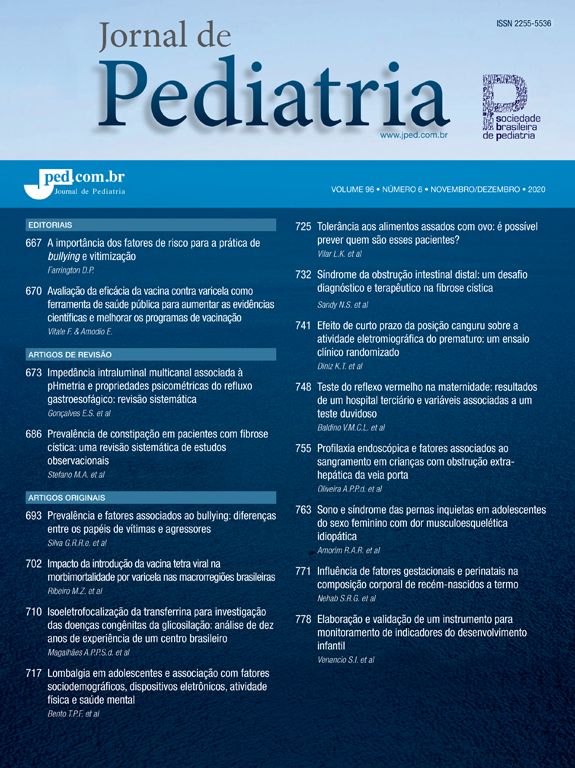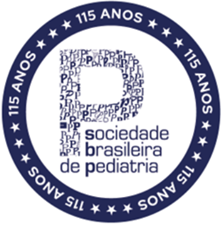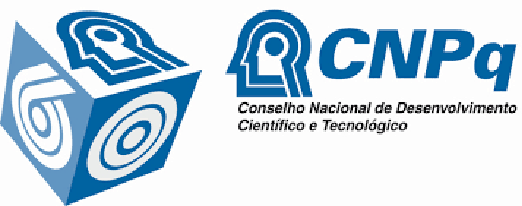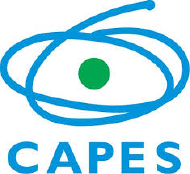Forty seven children (6-14 years), with an acute mild or moderate attack of asthma (clinical score 3 or FEV1 > 50% of the predicted), were treated with terbutaline sulphate, by inhalatory route with a dry powder inhaler (TurbuhalerR - 0,5 mg - group T; N=27, or by a nebulizer 1% solution - in saline - compressed air (6 l/min.) group S; N=20. The children were evaluated at 5, 15, 25 and 30 minutes after the initial treatment. In both groups a significant fall of the clinical score (starting at 15 minutes) (p < 0,05) and a significant improvement of the FEV1, VC and FEF25-75% (starting at 5 minutes), were observed (p < 0,05). There were no significant changes in heart rates, respiratory rates and blood pressure (p > 0,05). At the end of the first treatment, the number of patients with a FEV1 < 80% was similar in both groups (T = 13/27 and S = 10/20). The same treatment was repeated, and all the children showed a marked improvement, except for one boy of the group T was hospitalized. In conclusion, children with mild or moderate acute attacks of asthma can be treated up to a week with an inhalation of dry powder, resulting in adequate bronchodilatation without important side effects.
O fator de impacto mede o número médio de citações recebidas em um ano por trabalhos publicados na revista durante os dois anos anteriores.
© Clarivate Analytics, Journal Citation Reports 2025
O CiteScore mede as citações médias recebidas por documento publicado. Mais informação
Ver maisSJR é uma métrica de prestígio baseada na idéia de que todas as citações não são iguais. SJR utiliza um algoritmo similar ao page rank do Google; é uma medida quantitativa e qualitativa ao impacto de uma publicação.
Ver maisSNIP permite comparar o impacto de revistas de diferentes campos temáticos, corrigindo as diferenças na probabilidade de ser citado que existe entre revistas de distintas matérias.
Ver mais







